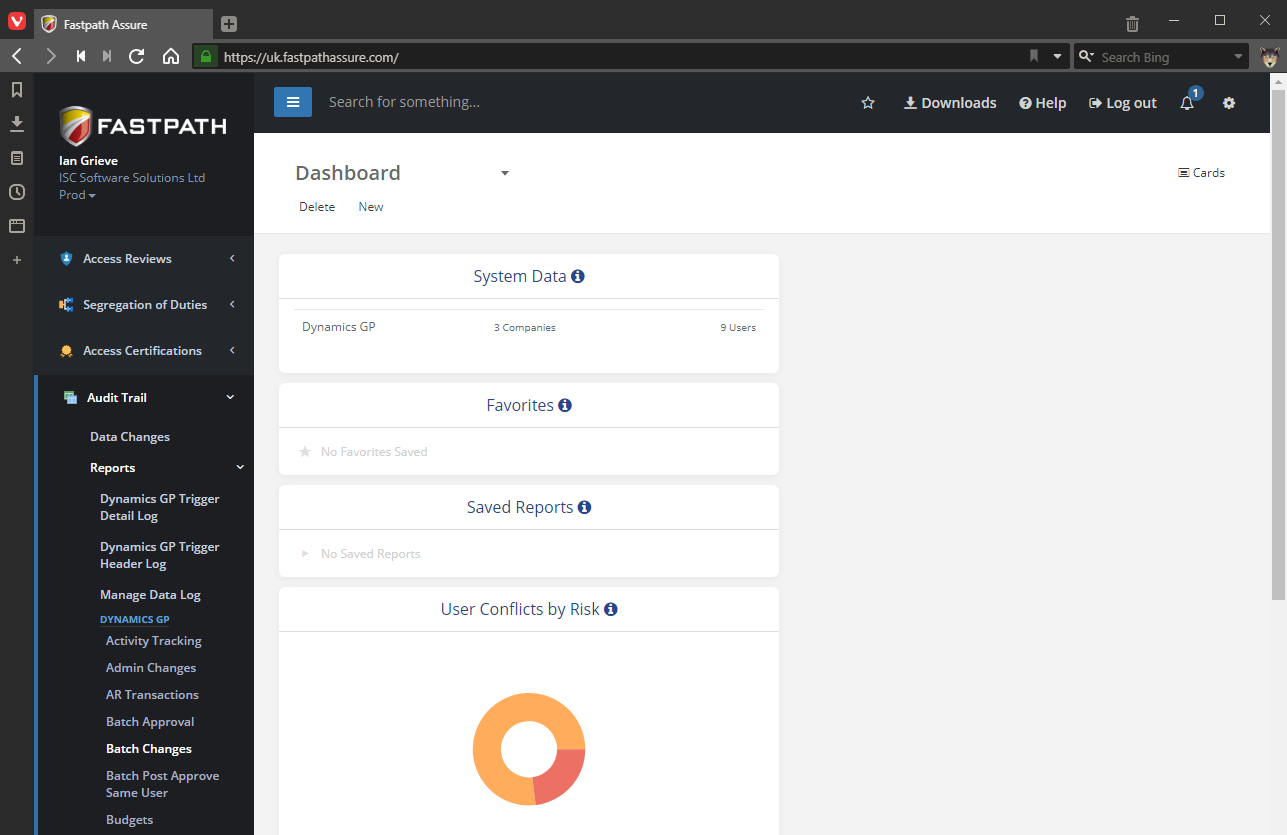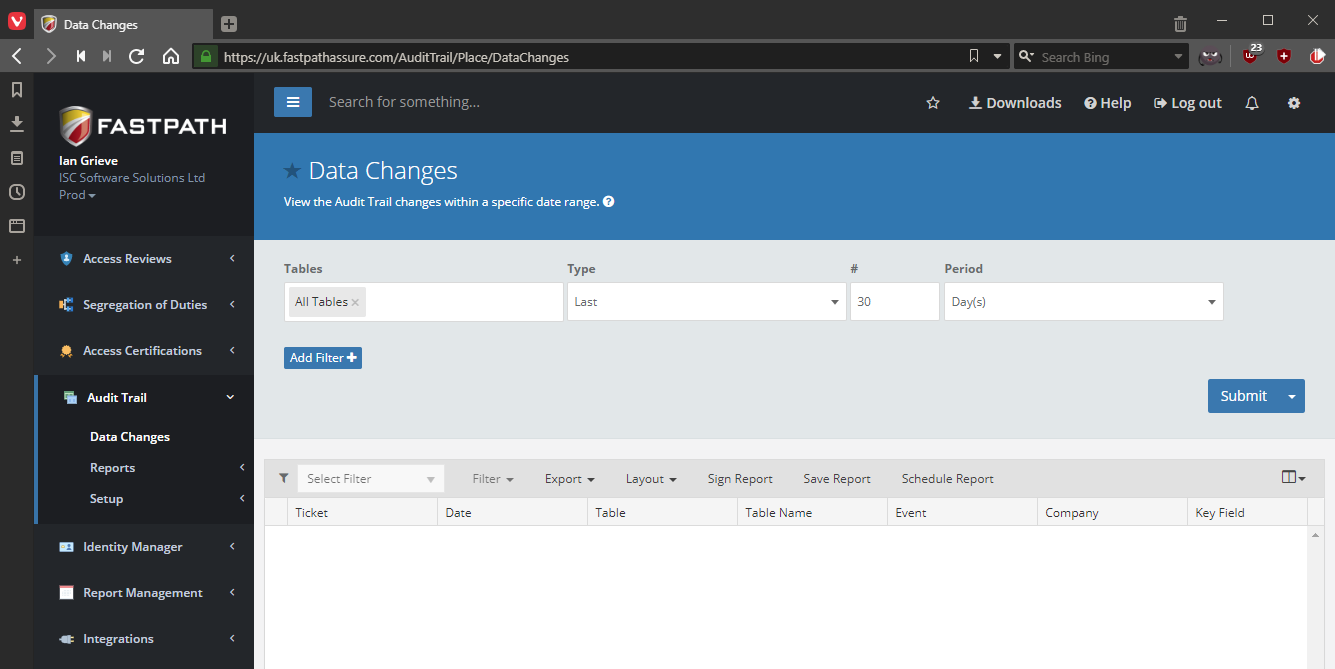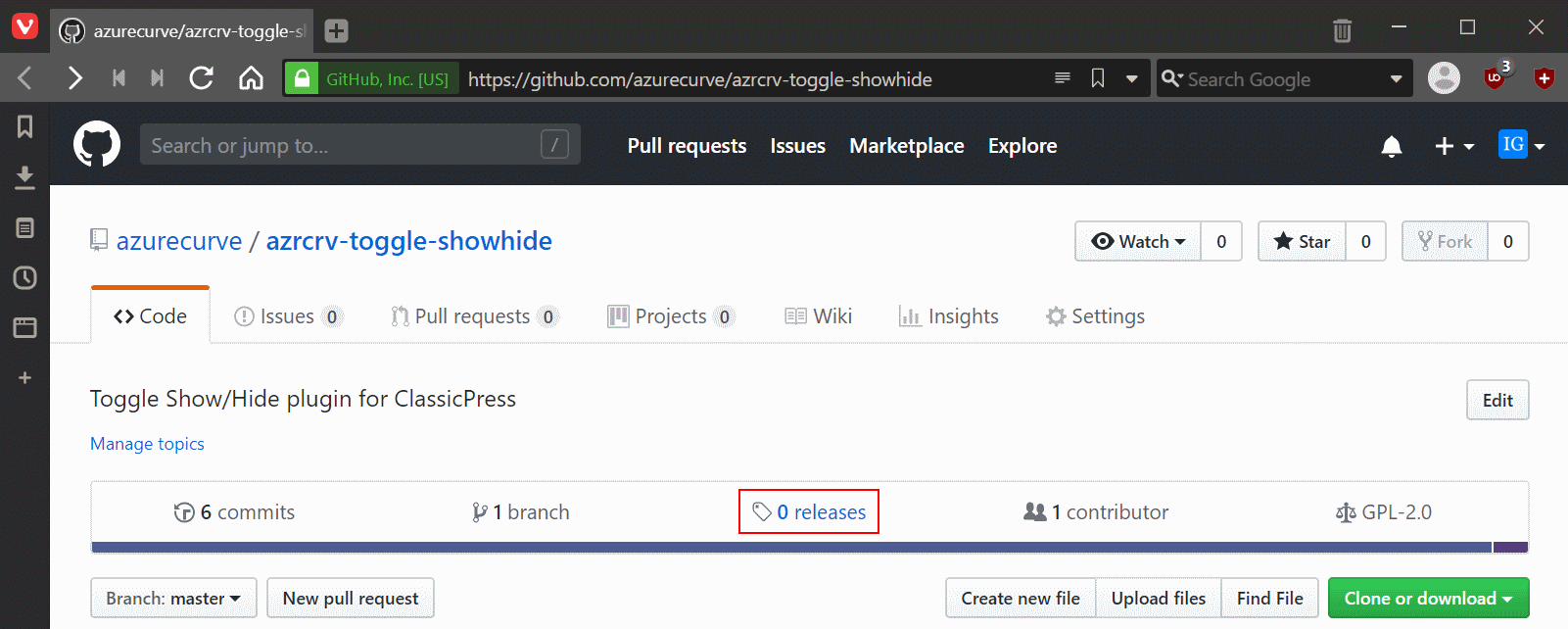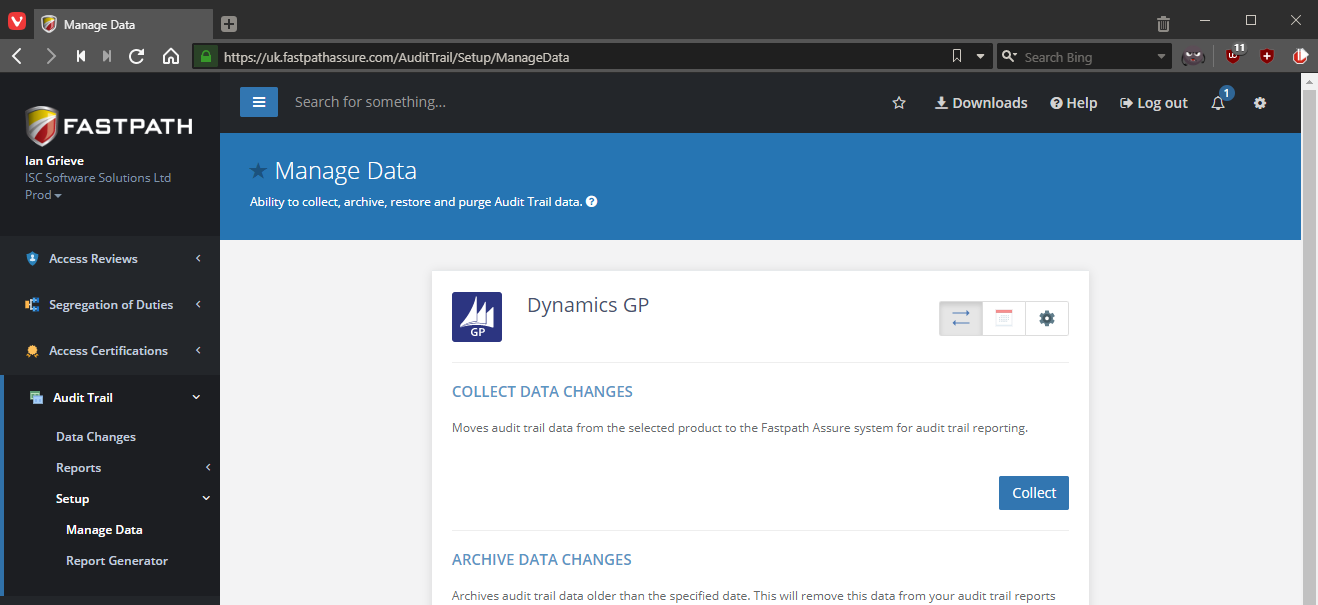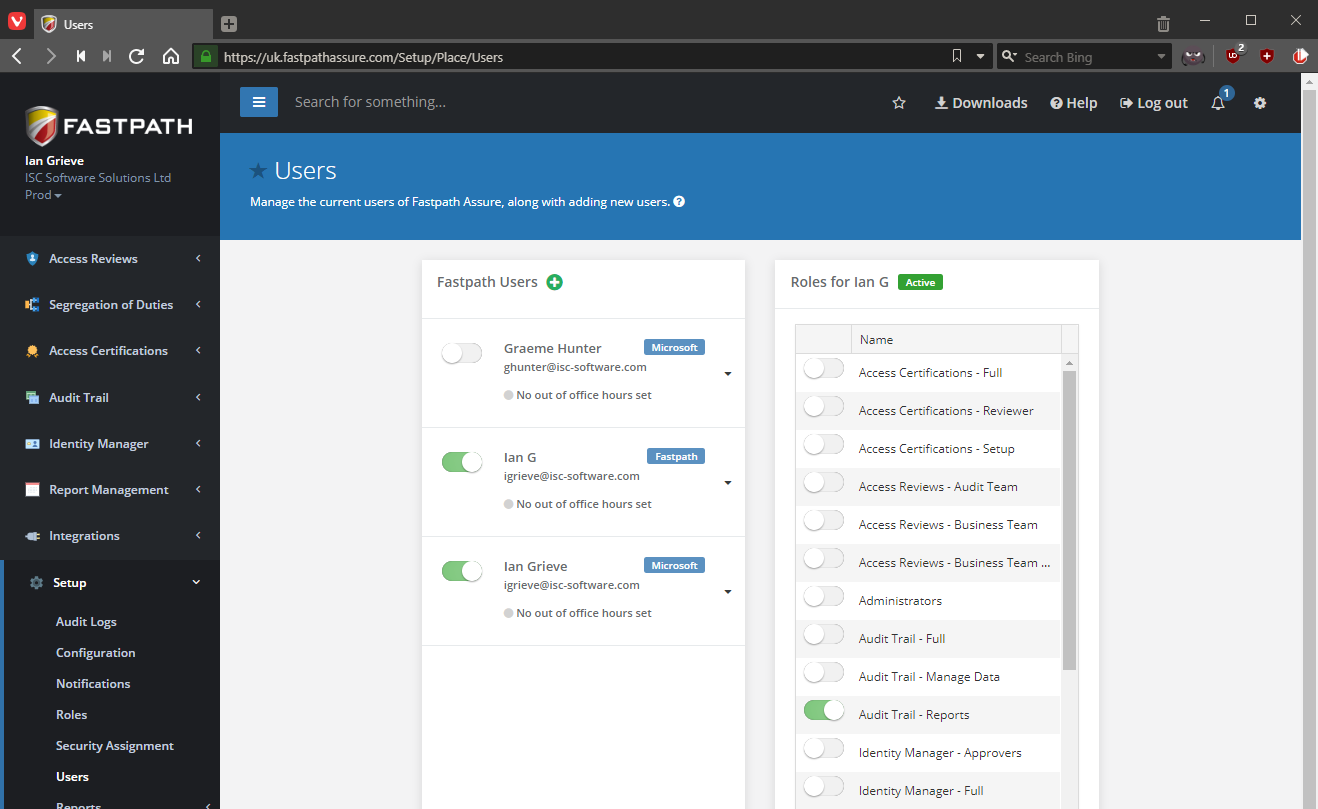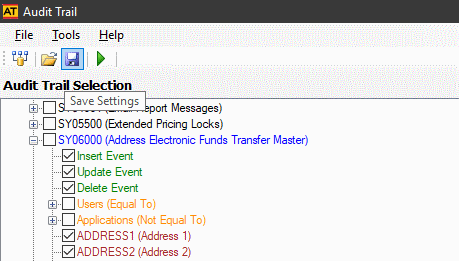 Following on from the last post, in which I posted a script to get accounts linked to a vendor, this post is a script which returns all accounts which are set as available in lookups in the Purchasing series.
Following on from the last post, in which I posted a script to get accounts linked to a vendor, this post is a script which returns all accounts which are set as available in lookups in the Purchasing series.
The SQL is straightforward, but I had to work out the binary entries to check for by saving and checking each combination.
/*
Created by Ian Grieve of azurecurve | Ramblings of an IT Professional (http://www.azurecurve.co.uk)
This code is licensed under the Creative Commons Attribution-NonCommercial-ShareAlike 4.0 International (CC BY-NC-SA 4.0 Int).
*/
SELECT
['Account Master'].ACTINDX
,['Account Index Master'].ACTNUMST
,['Account Master'].ACTDESCR
FROM
GL00100 AS ['Account Master']
INNER JOIN
GL00105 AS ['Account Index Master']
ON
['Account Index Master'].ACTINDX = ['Account Master'].ACTINDX
WHERE
DSPLKUPS IN
(
0x04000000 -- purchasing
,0x05000000 -- sales/purchasing
,0x06000000 -- inventory control/purchasing
,0x07000000 -- sales/inventory control/purchasing
,0x0C000000 -- purchasing/payroll
,0x0D000000 -- sales/purchasing/payroll
,0x0E000000 -- inventory control/purchasing/payroll
,0x0F000000 -- sales/inventory control/purchasing/payroll
,0xFFFFFF7F -- never set
)
GO








